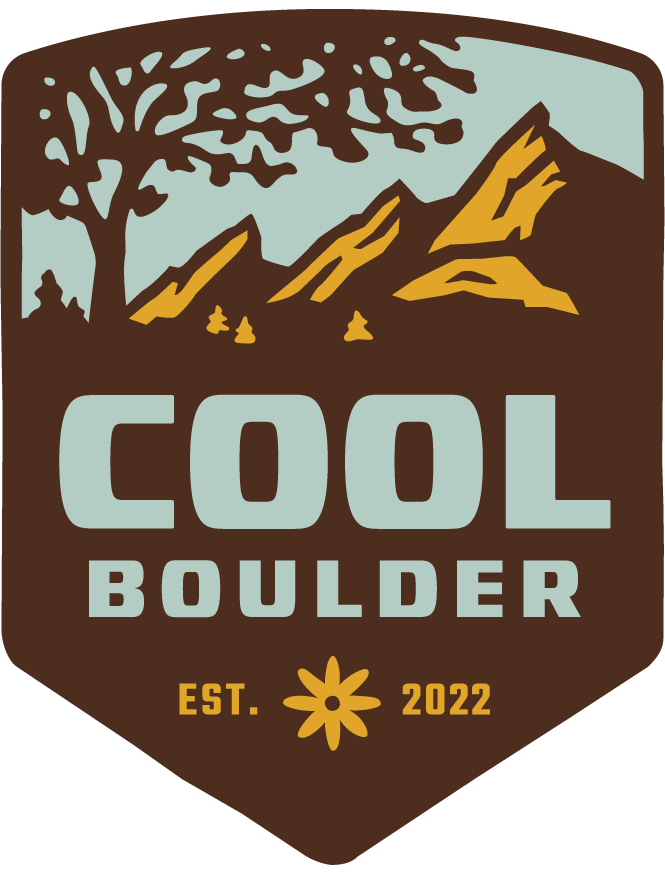The Little Things You Can do for Little Things
“It has long been an axiom of mine that the little things are infinitely the most important.”
- Arthur Conan Doyle
“You need to let the little things that would ordinarily bore you suddenly thrill you.”
- Andy Warhol
It’s the Little Things That Matter
A Bombus griseocollis (Brown-Belted Bumblebee) searching for nectar and picking up pollen on a Dalea purpurea (Purple Prairie Clover).
Photo credit @ Katie Lamke, Xerces Society
It’s the little things that matter. I’ve heard that saying throughout my life and while I appreciate the sentiment, it perhaps means even more to me now as I learn more about the plight of pollinators, invertebrates and many of the little creatures we share our planet with. Why is this saying appropriate when thinking about pollinators? Simply, they are very small things but pack a punch above their size in how they contribute to our natural spaces, agriculture, gardens and they exemplify the complexity of our amazing ecological systems. The saying is also appropriate because it can be the little things we do that make a big difference to them. So, please think to the year ahead and do something small, for something small, to make a big difference.
Little Things Do Matter
An Augochlora pura (Pure Golden Green Sweat Bee) perched on an Asclepias tuberosa (Butterfly Milkweed).
Photo credit @ Sarah Foltz Jordan, Xerces Society
They buzz, crawl, flutter and skitter around us daily and usually we pay little attention unless we happen to stop and look closely at a flower to see who is scouring it for pollen or nectar. Perhaps it’s a bee, fly, beetle, wasp, moth or butterfly that we didn’t notice until we looked more carefully. They deserve the momentary attention, for they’re doing important work for us and many other animals. The ecological services they offer for free include ensuring 85% of the world’s flowering plants can reproduce. Many of these plants then provide the fruits and seeds that contribute an important part of the diet for birds and mammals. Need a little more convincing of their importance? Consider that there are more than 100 agricultural crops that depend on or benefit from pollinators. Some of these crops end up in your pantry or refrigerator. Ok, still not convinced? Just think about the time and cost if you had to pollinate all the flowers around your home or the flowers in a nearby park. I know I’d rather have a tiny helper doing that for free so I can enjoy the beauty without the labor or expense.
Doing Little Things That Matter
A wonderful aspect about making a difference for pollinators, is it often doesn’t take big actions to do something meaningful. As you think about the year ahead, consider how you might make a difference through a small action to benefit pollinators. If you need some ideas to jump start your thinking, consider these:
Make a winter Sow Bag. Pollinator Pathway partner Andrea Montoya shared winter sow-bag instructions last month on the Cool Boulder Blog explaining a simple and easy way to create mini greenhouses out of small and reusable bags. Sow bags are a great way to get an advanced start on growing new native perennials and annuals for a garden, planter or to share with others.
Fill a garden gap. Pollinators need pollen and nectar when they’re active which can be early spring, summer or fall. Is there a time when fewer flower blooms in your garden or landscape? Find a native flower that blooms in that seasonal window and add it to fill the gap. Here’s a couple of helpful sites to find native plants and when they bloom.
Join a community science project. If you are interested in learning more about pollinators, exploring their habitats, and helping efforts to build knowledge about them, join a community science project. Pollinator Pathways partner Amy Yarger’s Cool Boulder blog on community science is a good source of information as are the Xerces Society and the Butterfly Pavilion websites.
Help feed Monarchs along their journey. Native milkweeds provide food and habitat for monarch butterflies. Milkweeds are also a great resource for many other pollinators. Take the extra step to make sure the plants you obtain are pollinator-safe.
Encourage friends and neighbors to also do something small. Make it easy for a friend or neighbor to do their own small thing. Ask them to help you out with the action you undertake. If you have native plants, harvest seeds when they’re ready and share.
Sign up for Cool Boulder notifications so that you can keep informed about the latest happenings and other ways you can get involved and help do some little, and maybe even bigger things, to address climate change.
Want more ideas?
The Xerces Society website has a New Year’s Resolution Blog where some of these ideas came from and many more are available!


